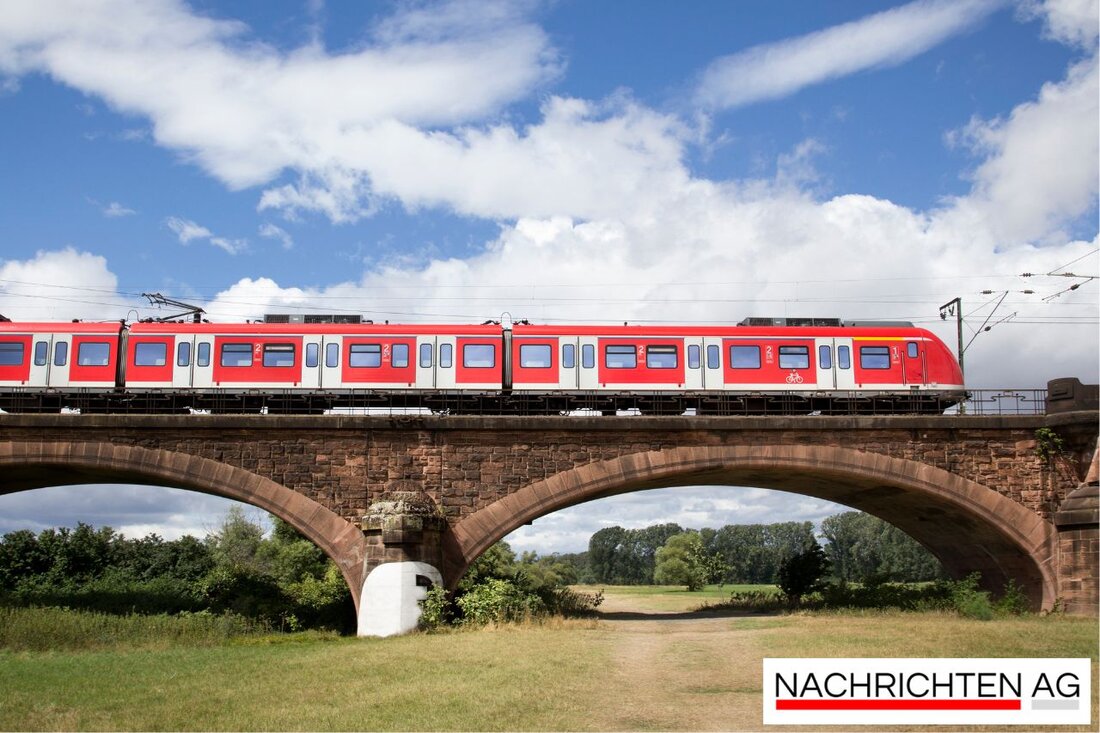Railway stations of the future: Cultural treasurists in Lusatia!
Railway stations of the future: Cultural treasurists in Lusatia!
Old train stations have developed on a topic in recent years that goes far beyond the area of mobility. Scientists from the Brandenburg Technical University of Cottbus-Senftenberg (BTU) emphasize the potential of these often empty places as cultural and social developments. Claudia Arndt, a research assistant, emphasizes that abandoned train stations can play an important role, especially in Lausitz, a region that is severely affected by structural change. The term “home” is understood as a social process that contains dialogue, responsibility and diversity. These are central elements that are to be funded by the planned excursion "Old Places, New (T) rooms - train stations as the future of the future".
This excursion will take place on Tuesday, June 10, 2025, from 9.30 a.m. to 5 p.m. The starting point is the Spreewaldbahnhof Cottbus, and the goal is the Neupetershain train station. Participants have to register, although the travel costs are not reimbursed. The expiry of the excursion includes a keynote speech by Dr. Lars Scharnholz to train stations as future varieties, followed by a train journey and discussions about regional development and innovative ideas in Lausitz.
Lost Places and Cultural Development
In parallel to this initiative, the phenomenon of “Lost Places” in Germany is discussed. Abandoned places, such as old train stations, offer insights into past times and are often shaped by dilapidation. Deutsche Bahn has started to advertise such “Lost Places” in its travel offers. This includes several places that can be achieved as part of the Germany ticket. Examples are the former Grandhotel "Waldlust" in the Black Forest and the old listening station on the Teufelsberg near Berlin. Such places still attract curious and hobby archaeologists who often document their explorations online.
structural change as a challenge
In the background of these developments, the structural change is significantly influenced by Lausitz and other regions. In the past a center of coal mining, Lausitz is now faced with the challenge of saying goodbye to the coal phase -out by 2038 at the latest. This profound change has already led to massive layoffs and rethinking in social and economic processes.
In order to deal with these challenges, the region receives extensive structural aids of 17 billion euros, which are to be provided in the next two decades. The aim is to establish scientific institutes and improve the infrastructure. Political actors in the region are required to develop reliable visions in order to successfully design the structural change.
Citizen participation is becoming increasingly important in this context. People from different social groups, such as mayors, Lusatia officers and committed citizens, have to work together to shape the effects of the transformation in Lusatia. The coal phase -out not only symbolizes the need for a socially ecological transformation, but also the opportunities that arise from a change towards sustainable solutions.
In this complex structure, old train stations and cultural initiatives can open up new perspectives. These places should not only act as a stummer witness to the past, but should also be used as meeting points for new ideas and community developments.
| Details | |
|---|---|
| Ort | Cottbus, Deutschland |
| Quellen | |


Kommentare (0)